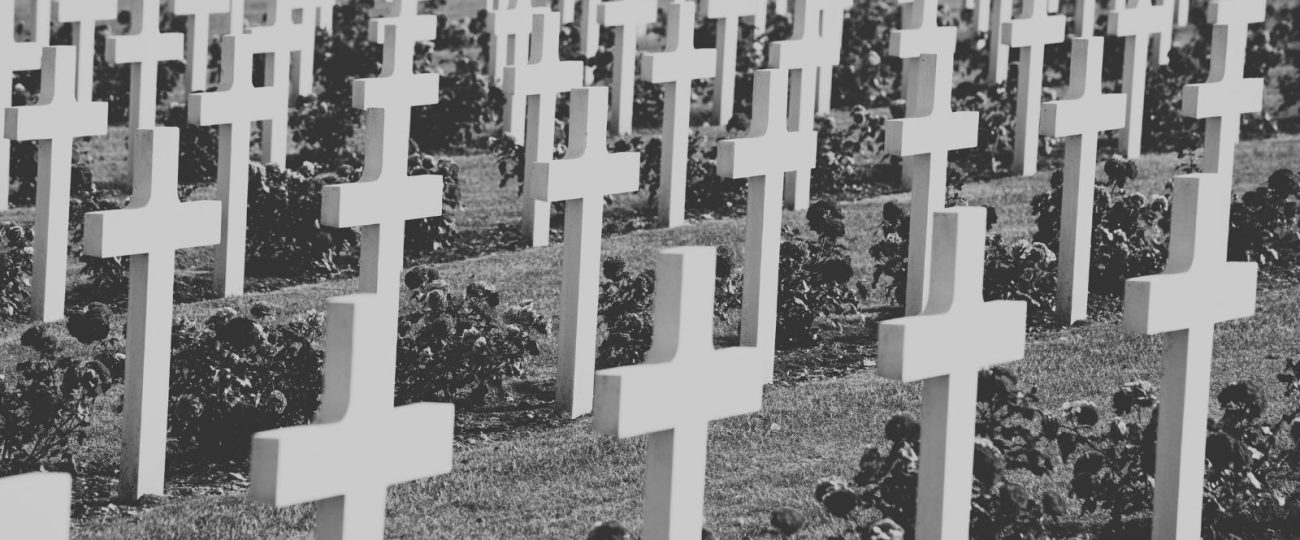What Happened On November 11th?
On November 11, 1918, at precisely 11:00 a.m., the armistice went into effect, formally ending the hostilities of World War I. Signed just hours earlier in a railway carriage in Compiègne Forest, France, this ceasefire order brought a sudden halt to one of the deadliest conflicts in history. The signing saw Marshal Ferdinand Foch, representing the Allied forces, and Matthias Erzberger, a civilian envoy from Germany, outline the terms that would cripple Germany’s military capacity and lead to its withdrawal from occupied territories. Under the armistice, Germany surrendered its submarines, aircraft, and artillery, and agreed to release prisoners of war without condition.
Even as the 11 a.m. deadline approached, soldiers on the front line experienced a surreal mixture of quiet anticipation and last-minute combat. The final hours saw a tragic mix of continued fighting; commanders on both sides found it challenging to convey the exact timing of the ceasefire to every division. U.S. Private Henry Gunther, tragically unaware of the looming armistice, charged a German machine gun nest and was killed one minute before peace took hold. His death, among others, underscored the bitter irony of a war that ended with so much final-hour loss.
Spontaneous celebrations erupted across Allied nations as news of the armistice spread. Crowds in Paris gathered around the Arc de Triomphe, waving flags and singing patriotic songs. In London, crowds swelled outside Buckingham Palace, with chants and cheers punctuating the air as soldiers and civilians embraced the long-awaited end of the fighting. Across the Atlantic in New York, exuberant parades filled the streets, with newspapers rushing to press special editions proclaiming “The War is Over!” President Woodrow Wilson addressed the American people with a measured tone, stressing that peace would require commitment from every nation.
Germany, meanwhile, faced a much different atmosphere. On November 9th, Kaiser Wilhelm II abdicated his throne and fled to the Netherlands, leaving the German government in disarray. Politicians in Berlin scrambled to negotiate peace while suppressing unrest that now threatened to destabilize the country. The German delegation that traveled to Compiègne for the armistice talks arrived with little negotiating power, facing unyielding Allied demands. Beyond the armistice’s strict terms, they faced the challenge of returning to a Germany on the brink of revolution. This lack of negotiating power foreshadowed the humiliating terms that Germany would later endure in the Treaty of Versailles, signed in 1919. The treaty imposed heavy reparations, ceded territory, and demilitarized the Rhineland, setting the stage for widespread resentment and economic hardship.
As the war officially ended, medics and doctors reflected on advances in battlefield care, a grim but lasting outcome of the years of brutal combat. Surgeons had developed mobile operating units that allowed for quick surgical interventions near the front lines, saving lives that previously would have been lost. The war also led to the introduction of antiseptics to reduce infection rates and the improvement of prosthetics for soldiers who returned home with severe injuries. Although the use of poison gas horrified the world, leading to severe respiratory injuries and burns, these medical advancements indirectly improved civilian and military medical practices for future generations.
The end of World War I also signaled a seismic shift in geopolitics. With the dissolution of the Austro-Hungarian and Ottoman Empires, new countries like Czechoslovakia, Yugoslavia, and Poland emerged, while British and French mandates took control of former Ottoman territories in the Middle East. These changes redefined national borders but left many regions in a state of tension. This redrawing of maps influenced political alliances, economic relations, and cultural exchanges for decades. For instance, the establishment of Poland as an independent state returned sovereignty to a region that had been partitioned for over a century, creating both newfound pride and complex political challenges for the future.
Remembrance of the armistice became an essential part of national identity in many Allied countries. On November 11, 1919, the U.K. held its first two-minute silence at 11:00 a.m., a tradition that quickly spread through the Commonwealth and remains observed annually. In the United States, Armistice Day eventually became Veterans Day, honoring all military veterans. The red poppy, inspired by John McCrae’s poem “In Flanders Fields,” became an enduring symbol of remembrance, sold to support veterans and their families.
Culturally, the Great War had a profound effect on the arts, literature, and collective memory. The brutal realities of trench warfare and loss appeared in the works of poets like Wilfred Owen and Siegfried Sassoon, whose writings conveyed the deep disillusionment felt by many who served. Owen’s haunting line, “The old Lie; Dulce et Decorum est / Pro patria mori,” criticized the romanticized view of war, reflecting the disillusionment that pervaded the postwar generation. The “Lost Generation” of artists, writers, and thinkers in the 1920s emerged as a direct response to the traumas and displacements caused by the war, leading to movements in literature and art that emphasized realism, skepticism, and a questioning of traditional values.
In another twist of history, Adolf Hitler later chose the same Compiègne railway carriage for France’s 1940 surrender, a symbolic act of revenge that underscored the tensions left unresolved by World War I. This choice displayed the bitterness that had festered in Germany due to the Versailles Treaty and was a calculated gesture aimed at erasing the humiliation of the 1918 armistice.





